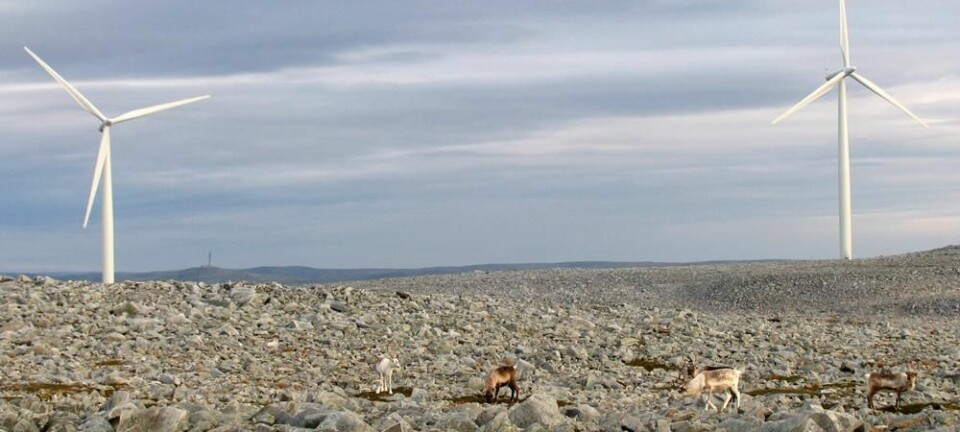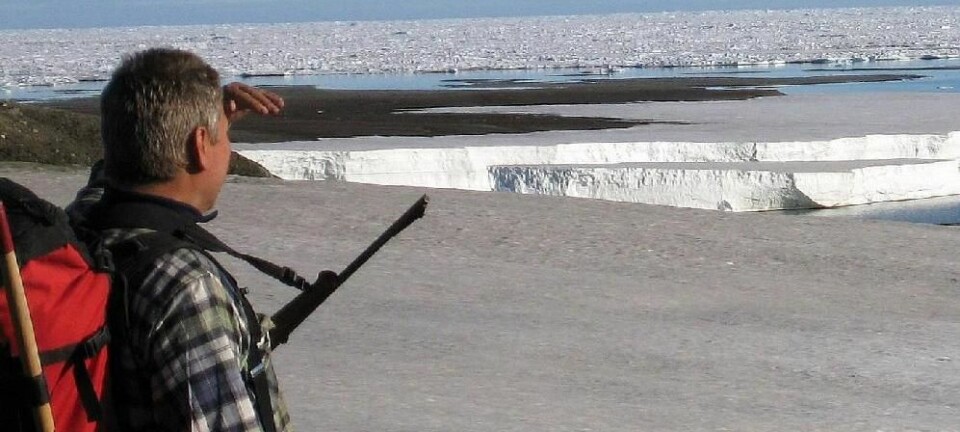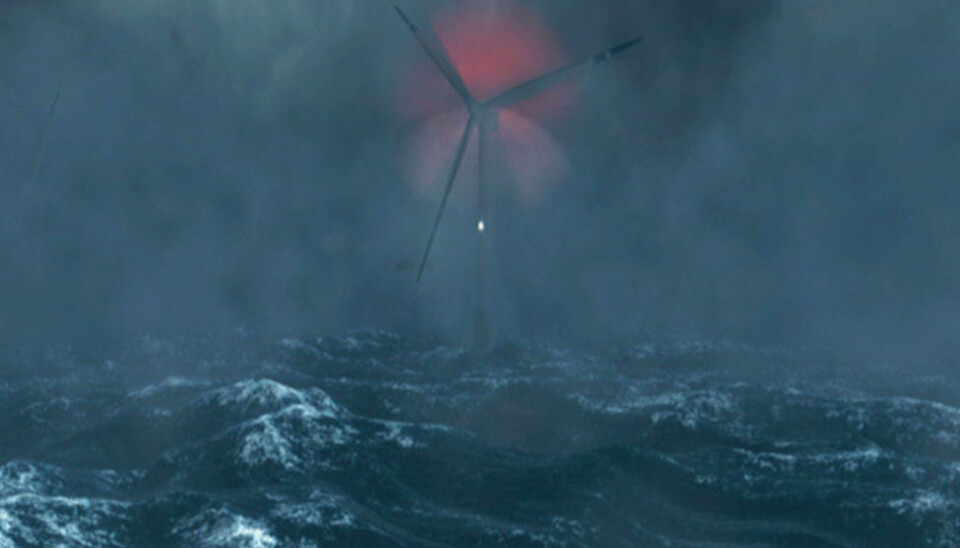
Lasers catching the wind in rough seas
Wind gauges that use laser beams will soon be tested offshore where gigantic wind farms will operate.
Denne artikkelen er over ti år gammel og kan inneholde utdatert informasjon.
Last fall, a platform on hydraulic supports rocked and rolled over a parking lot of the Technology Park of the University of Agder in Grimstad, Norway.
The motion simulated heavy seas. Numerous systems for measuring winds at sea were installed on the platform. But why do the testing on land when the university is in a coastal town?
“On land we can control the motion in different directions. That enables us to determine how any particular movements affect the wind computations,” says Jon Hellevang, of Christian Michelsen Research.
Gauging velocity with light radar
He has led tests of wind measurements with laser light. Some of the light strikes tiny particles in the air and bounces back.
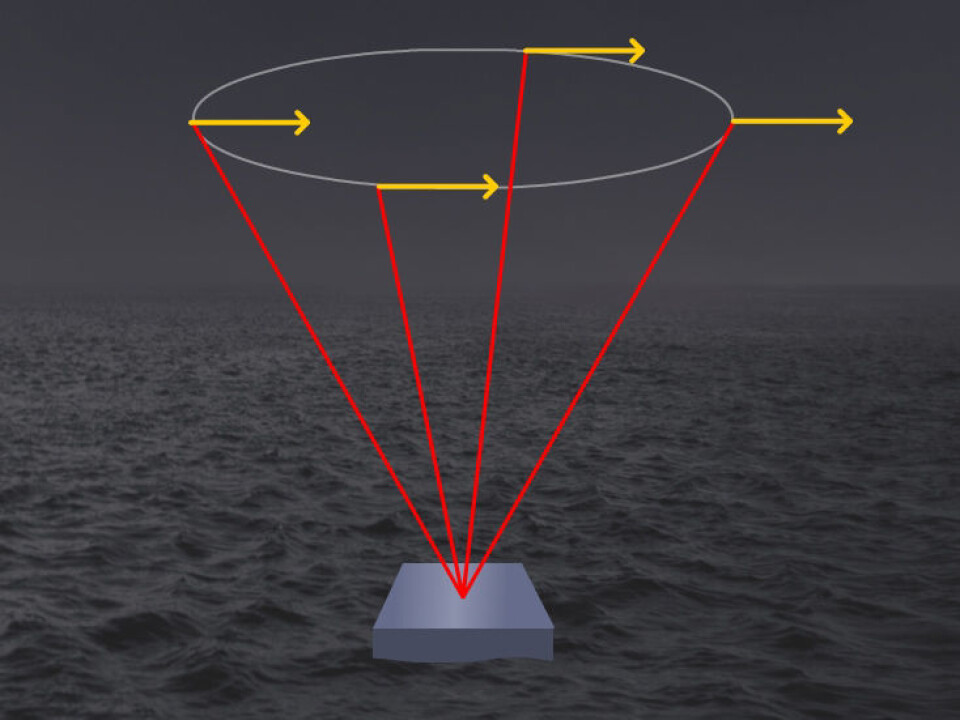
The reflection is comparable to a radar echo but Light Detection and Ranging − LIDAR – uses light instead of the longer electromagnetic waves of radar.
“LIDAR measurements on land are well established and several manufacturers can deliver the goods. But to date this is the most thorough and controlled test of LIDAR for a marine environment,” he says.
Important for wind turbines at sea
Such automatic wind measurements will be useful for the enormous wind farms planned at sea, such as the one being tested in Statoil’s Hywind project.
Hellevang explains that the big costs of building high-rise towers can be reduced if measurements of winds at the heights of turbine blades can be done with laser light.
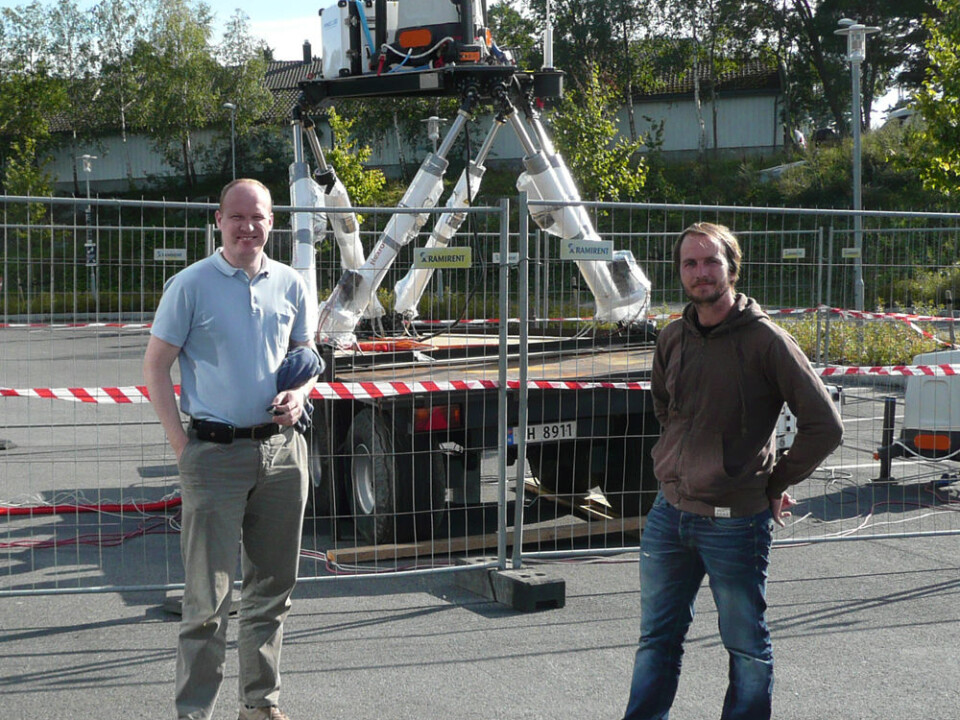
The Norwegian oil and gas company Statoil is heavily involved in the project along with the Research Council of Norway. The goal is to find the best methods and hardware for such wind measurements.
Beamed in four directions
The most common method of making LIDAR measurements is to send short pulses of laser light up into the air. You can measure how long it takes for some of the light to bounce back and use that to decide which altitude you want to focus on.
But the laser beams can’t point straight up if you want to measure the velocity of air particles. If you do the particles in the wind, simply pass the beam transversely.
You have to aim the beam a little toward or away from the wind, so the particles either blow toward or away from the direction of the beam.
This enables you to measure speed much like the way traffic police use radar or lasers. The faster the car moves toward the beam, the shorter the wavelength. This means the colour of the laser light shifts slightly from red towards blue.
“The laser pulses are beamed quickly one after the other at an angle in a cone shape in the four directions of the compass,” explains the researcher.
The different speed assessments that result can be used to calculate the speed and direction of the particles, and thus the wind.
Errors cancelled out
But what about the motion of the ocean waves? When tethered at sea, the same procedure might be akin to an inebriated cop who could barely stand up trying to point a radar gun at an oncoming car. The pulses of light won’t always point in the right direction.
How will this affect the measurement of velocity?
“Fortunately, the errors are less significant than we feared. One reason is that we can calculate an average for a ten-minute period. The random deviations are thus evened out,” he says.
The results from last autumn’s tests are so positive that the next step involves heading offshore. The hydraulic movements in a parking lot will be replaced by real ocean waves near the fishing community Titran in the open sea off the coast of South Norway.
“We think tests at sea can start pretty soon,” says Hellevang.
Translated by: Glenn Ostling







